Latest

XRISM solves star formation mystery in galaxy clusters
New high-resolution X-ray data reveal that turbulent gas motion, not just black hole activity, prevents star formation in cluster cores.
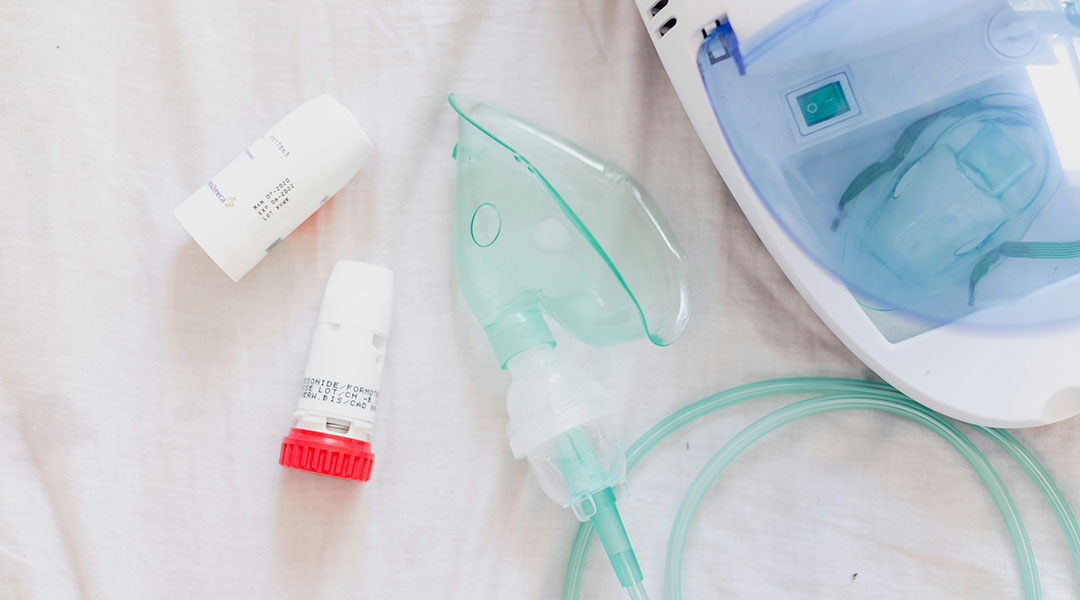
An mRNA vaccine for asthma shows promise in mice
Based on the same mRNA vaccine against COVID-19, a new prototype has shown potential to treat asthma, a condition with no known cure.
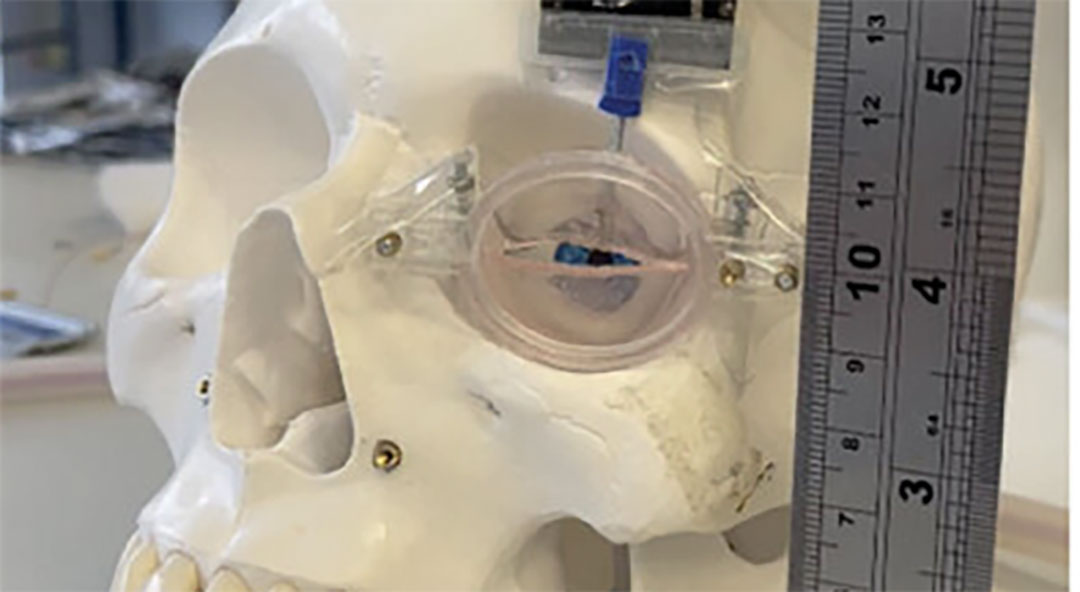
Artificial muscle could help facial paralysis sufferers blink again
A soft implant could avoid multiple surgeries and long waiting times while improving the living conditions of facial paralysis sufferers.

Switching fiber optic cables from round to rectangular shown to enhance data speeds
Rectangular fiber optic cables could increase data transfer rates, benefiting telecommunications and quantum computing advancements.

Speaking multiple languages may benefit children with autism
Study finds that speaking multiple languages may improve executive functioning and reduce autism symptoms in children.

How underground fungi could make crops more nutritious—and attract bees
Scientists uncover the role of soil fungi in improving crop yields and balancing complex plant-pollinator interactions.
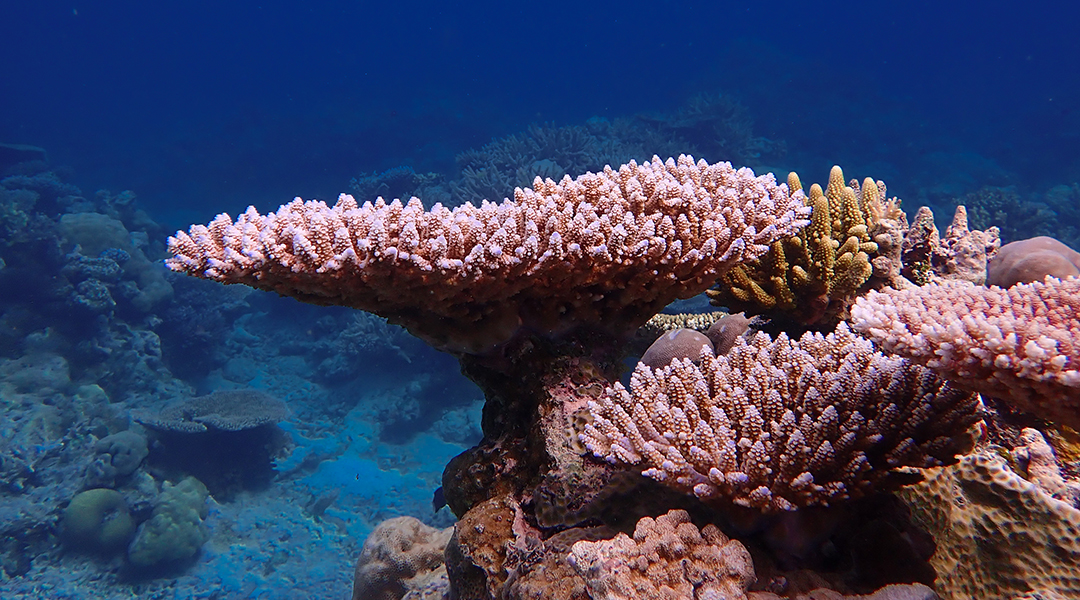
Can coral evolution keep pace with climate change?
Scientists explore how corals could adapt to climate change to survive, but stress that cutting emissions is crucial for their future.
ASN Weekly
Sign up for our weekly newsletter and receive the latest science news directly to your inbox.

Magnetic fields from the beginning of time may resolve the Hubble tension
By adding primordial magnetic fields to the Standard Model, researchers may solve the mystery of the Universe’s expansion.

World’s purest silicon chip could make quantum computers error-free
A new method to purify silicon for quantum computer chips could solve one of the biggest challenges in quantum computing.
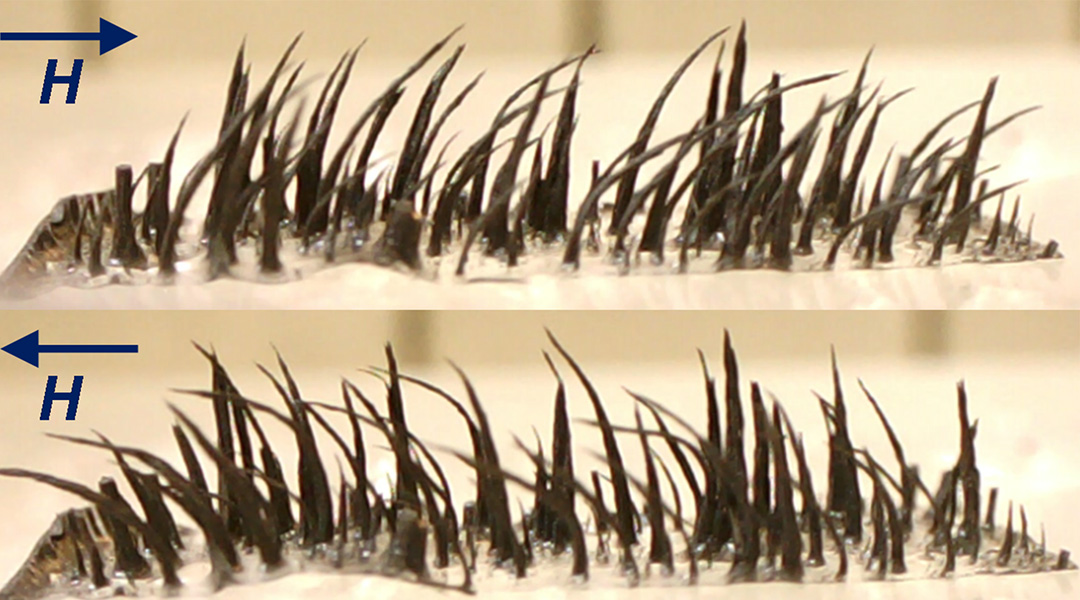
Teaching old magnetic cilia new tricks
These hair-like structures with applications in robotics are now reprogrammable, negating the need to replace them after one use.
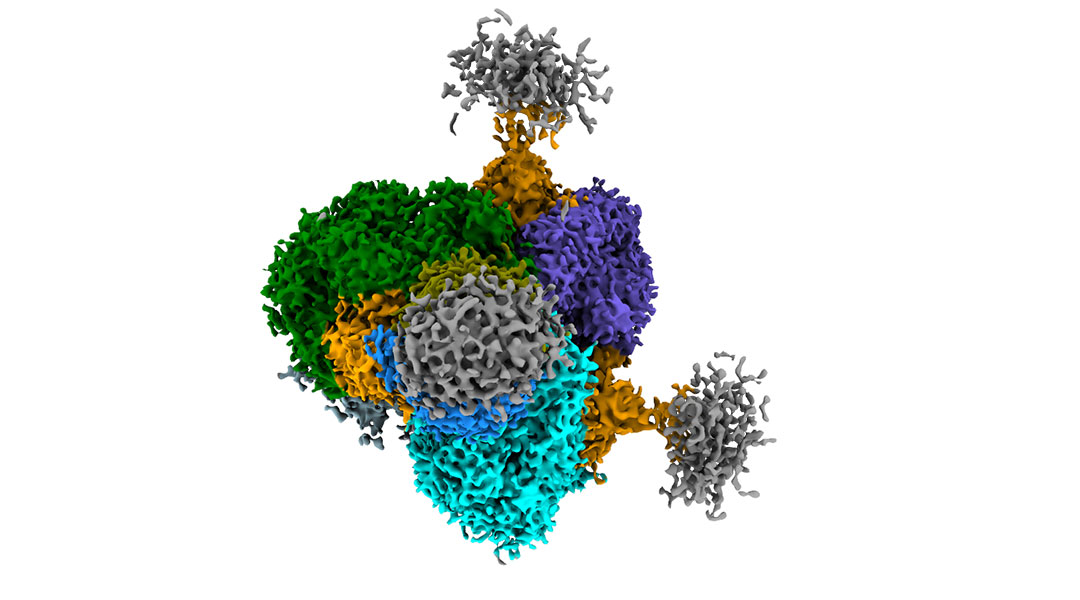
Antibodies from llamas bring scientists closer to an HIV treatment
A potent antibody therapy derived from llamas was found to broadly neutralize numerous strains of HIV-1.
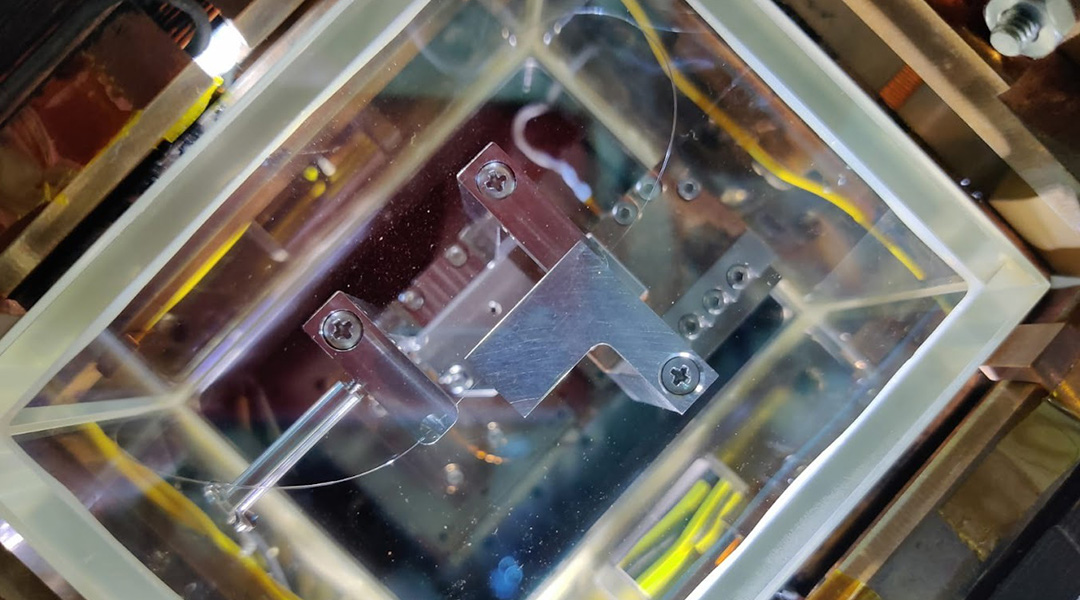
Are quantum communications truly unhackable? Study suggests otherwise
In theory, quantum communications should be impossible to hack, but study shows this may not be true in practice.
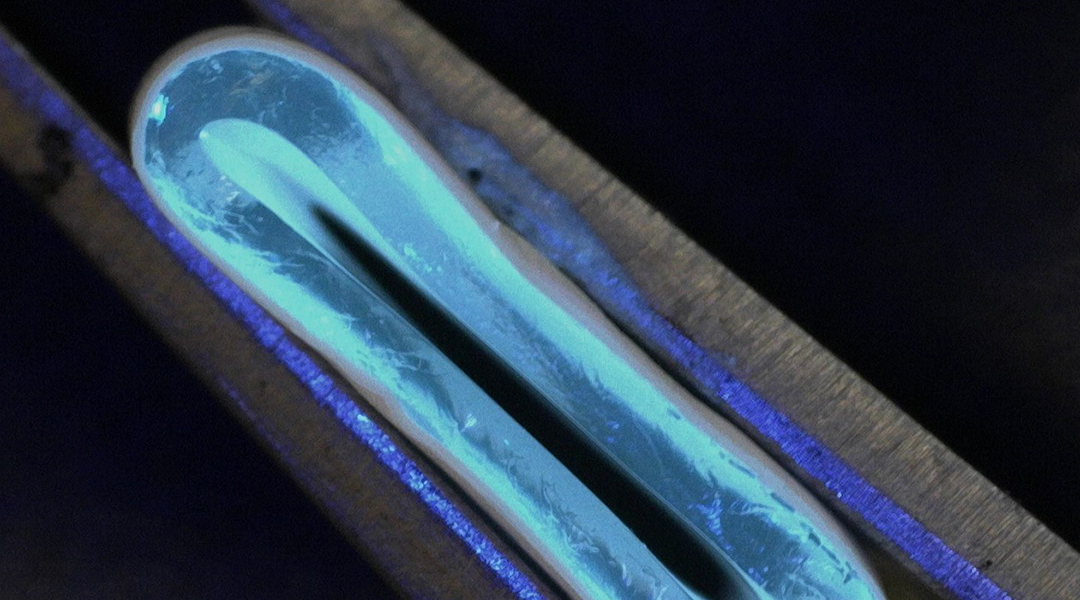
A safer, more flexible graft gets to the heart of coronary artery bypass
Using a hydrogel coated with electrospun nanofiber, a new artery graft offers safer coronary artery bypass interventions.
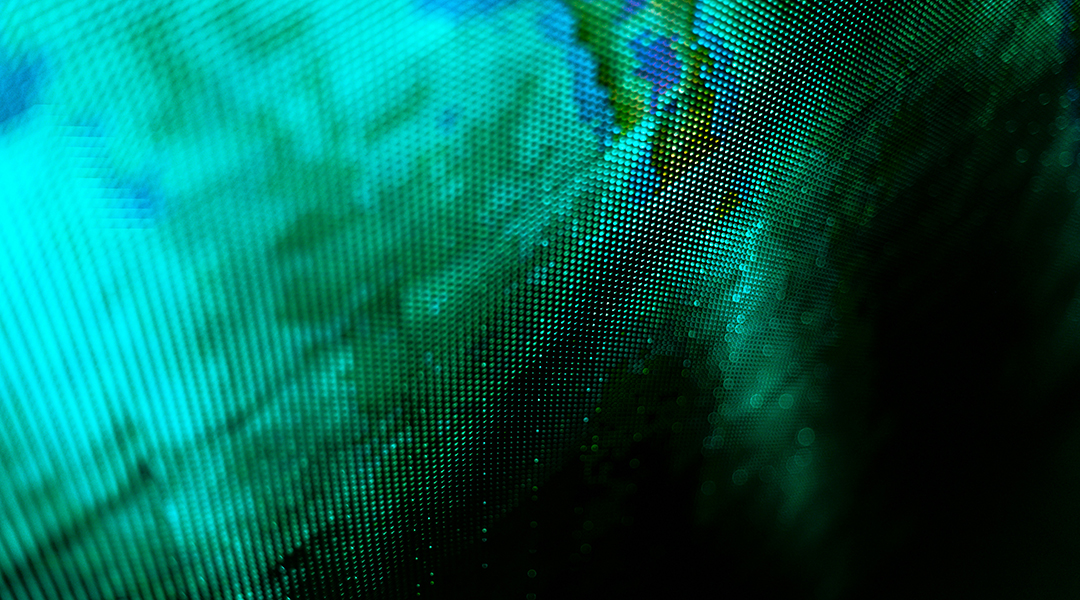
Biodegradable plastics remain a hidden source of harmful microplastics
There is an urgent need to replace fossil-derived plastics with biodegradable alternatives but do they solve microplastics’ health issues?

Beijing Collider helps scientists probe discrepancy around an elusive hadron particle
New insights into the decay of a hadron particle known as a charmonium could potentially reshape our understanding of particle interactions and challenge existing theories.
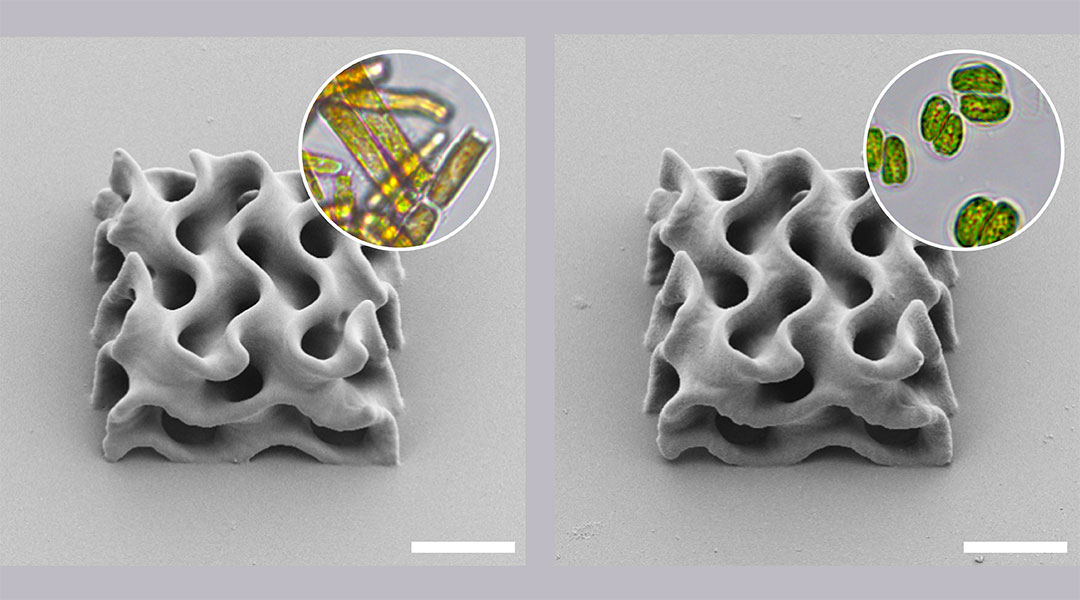
3D printing goes “green” with microalgae ink
A search for environmentally friendly inks led researchers to microalgae biofactories, providing a renewable biomass solution.
No Results Found
The page you requested could not be found. Try refining your search, or use the navigation above to locate the post.
No Results Found
The page you requested could not be found. Try refining your search, or use the navigation above to locate the post.
No Results Found
The page you requested could not be found. Try refining your search, or use the navigation above to locate the post.
No Results Found
The page you requested could not be found. Try refining your search, or use the navigation above to locate the post.
No Results Found
The page you requested could not be found. Try refining your search, or use the navigation above to locate the post.
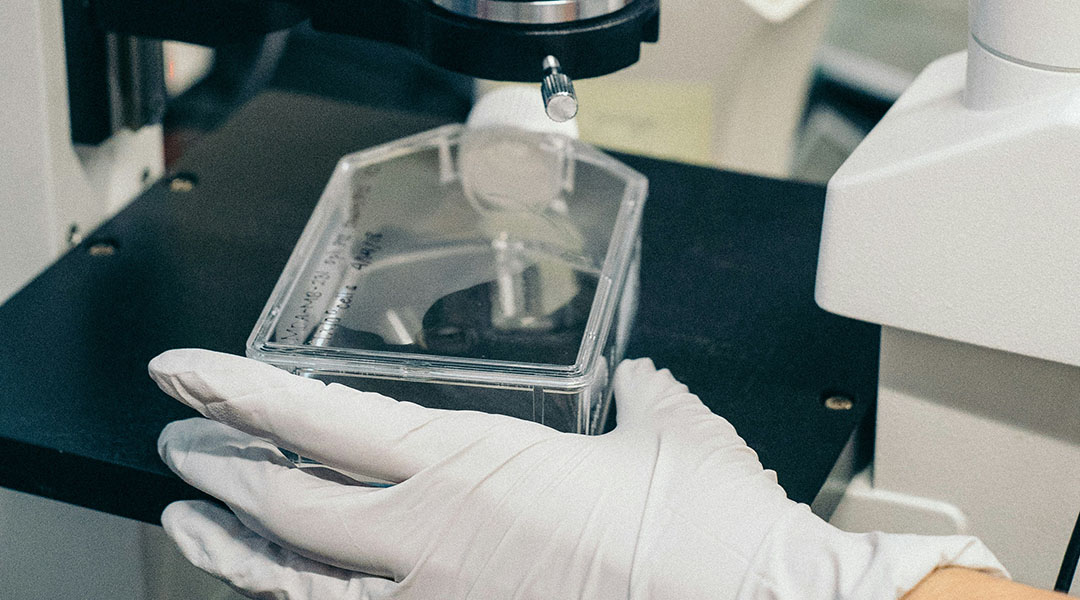
Reducing bacterial skin infections with harmless zaps of electricity
Scientists use mild electrical currents to treat skin infections, presenting an antibiotic-free solution amid rising antimicrobial resistance.
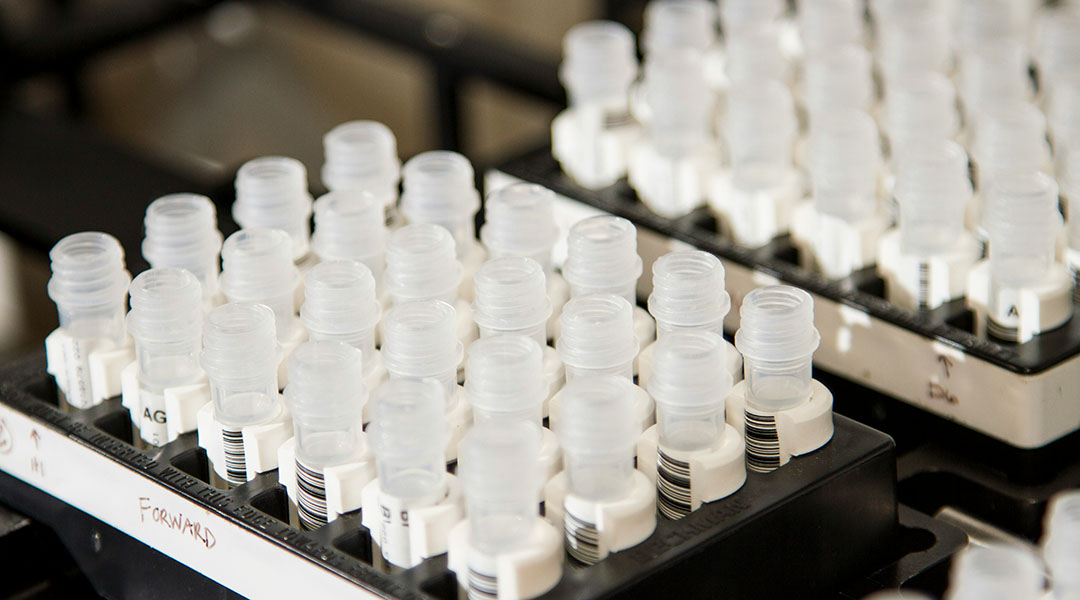
Click chemistry makes “switchable” drug carriers that minimize side effects
Scientists develop new drug delivery system that targets tumors then exists the body using “switchable” chemistry.
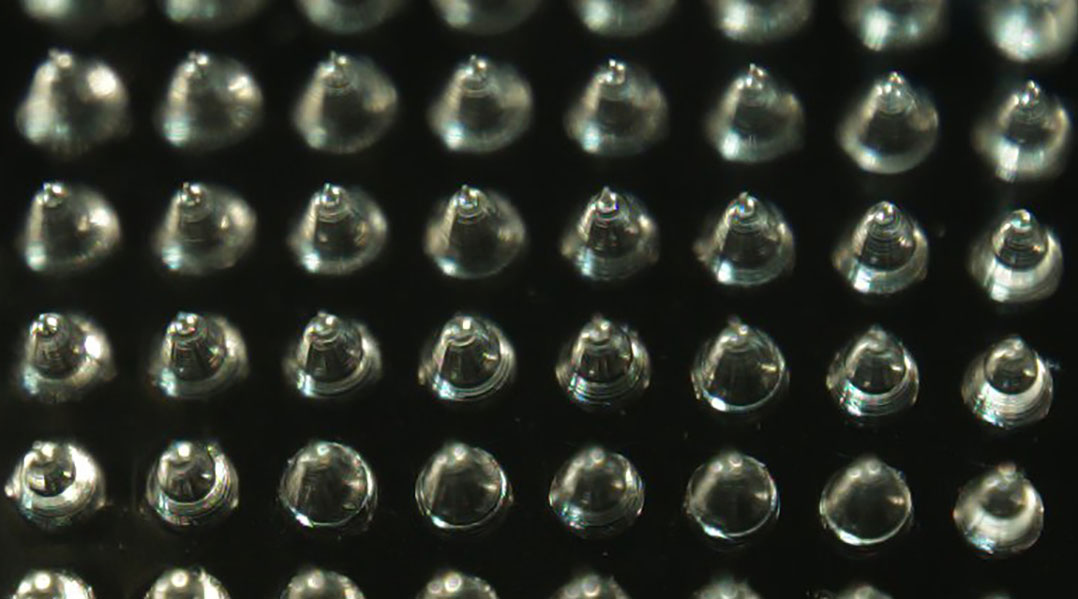
Silk microneedles could restore wound healing in diabetic patients
Microneedles allow scientists to precisely control the delivery of drugs to chronic wound sites and restore natural healing processes.
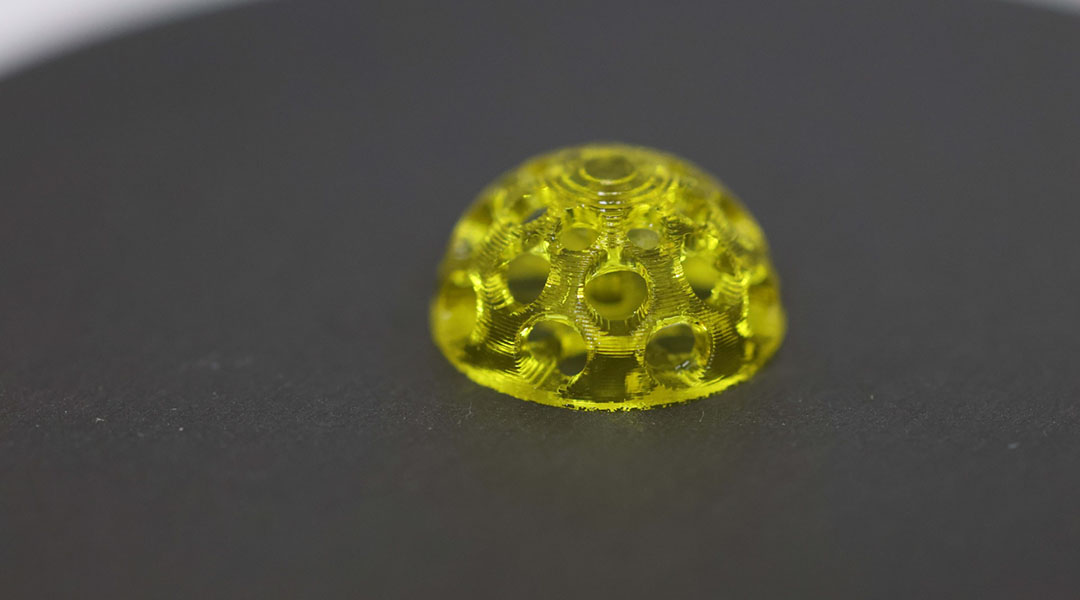
This 3D-printed breast implant could help stop breast cancer relapse
The customizable implant releases an anticancer drug in the presence of new tumors that might go undetected by MRI.
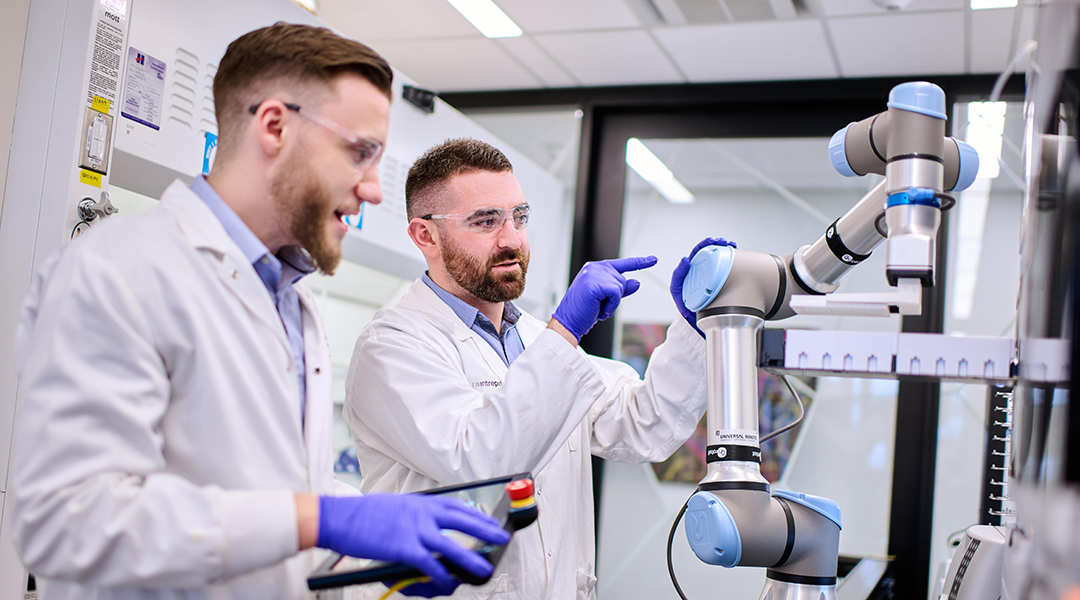
AI and robotics join forces to revamp how medications are made
Scientists are speeding up drug formulation to breath new life into old medications and reduce risk of clinical trial failure.

Misinformation spreads like a nuclear reaction on the internet
The new model simulating nuclear fission replicates the start and spread of rumors founded in misinformation.

An advanced 3d printer is helping build reliable quantum communication
A state-of-the-art printer with nanometer-scale precision enables the production of quantum emitters, advancing secure quantum communication.
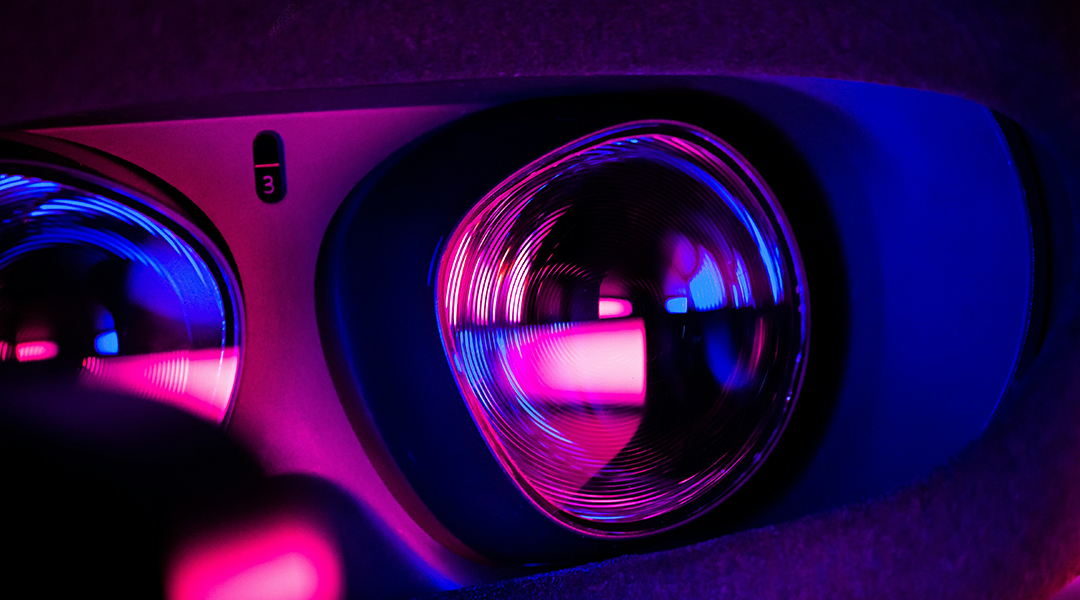
Contact lenses bring 3D holograms to life for augmented reality
A better way to fabricate metasurfaces allows scientists to create contact lenses capable of projecting 3D holographic images.

How spending time in nature influences healthy eating habits
Scientists find evidence that nature boosts healthy food choices, revealing nature’s pivotal role in shaping positive dietary habits.
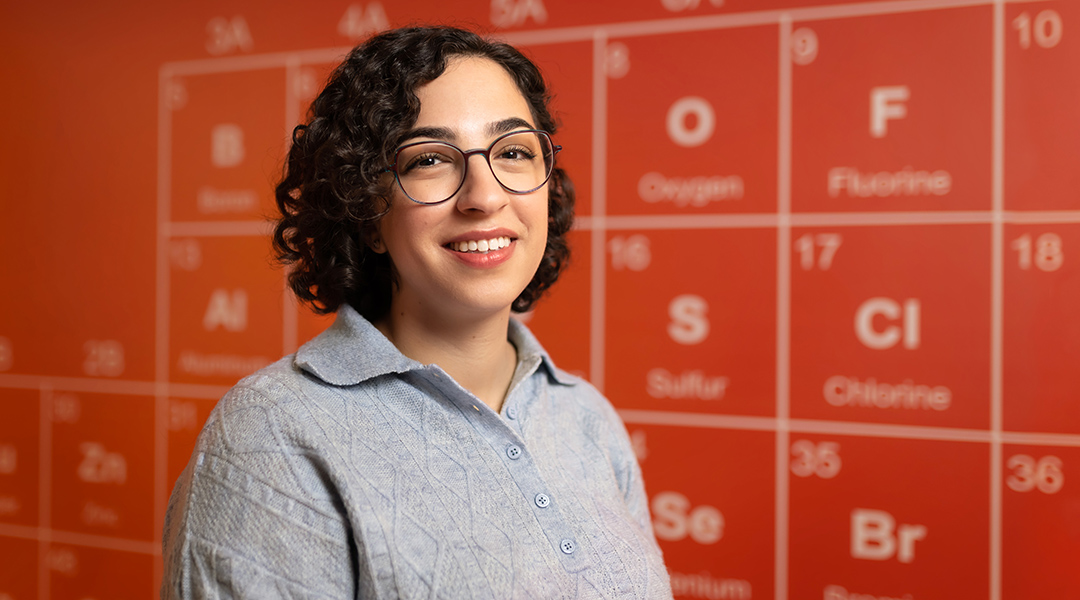
Shira Joudan, tackling PFAS and environmental contaminants with chemistry
Chemist Shira Joudan discusses environmental contaminants, setting up at a new university, and building a supportive community.
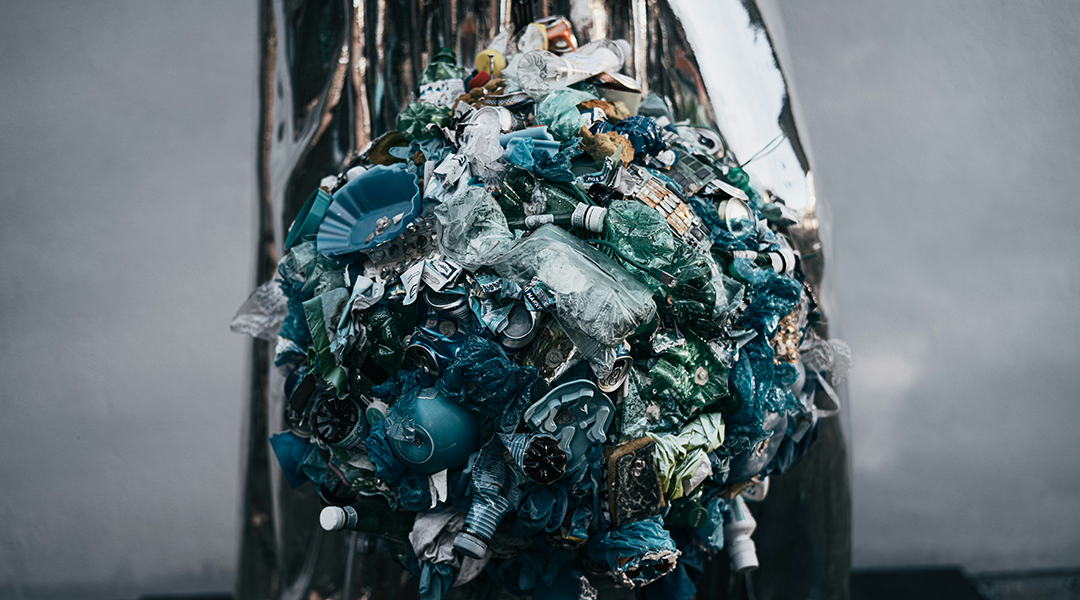
New plastic recycling method captures carbon
A closed-loop process for making and recycling polycarbonate plastic also captures carbon to reduce waste and cut emissions.
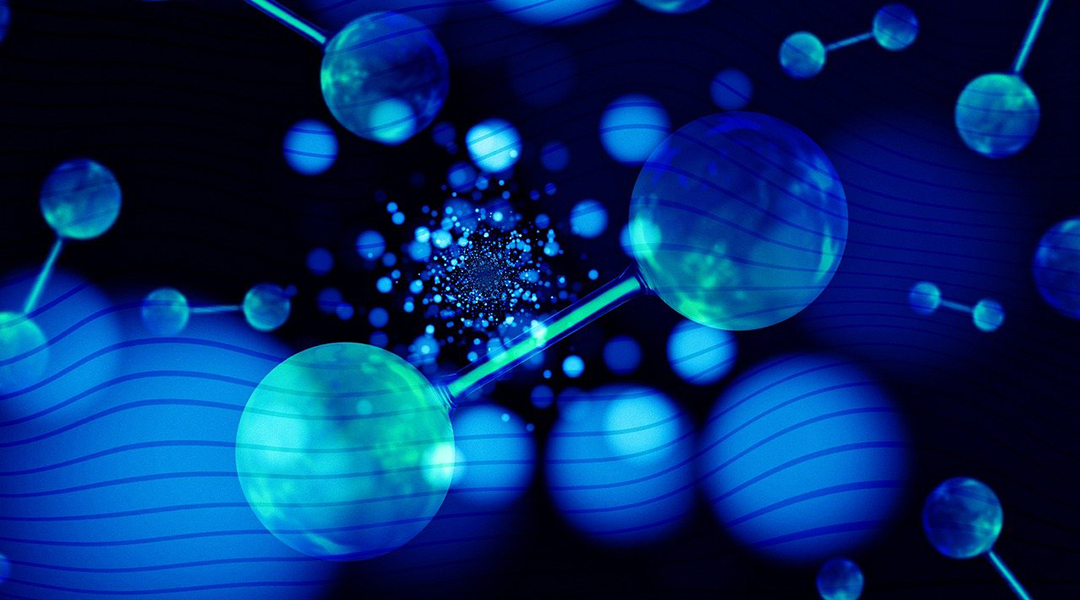
Pulling clean hydrogen fuel from seawater
A new electrolysis device could transform the way we produce hydrogen fuel from seawater, addressing challenges that hindered this process.
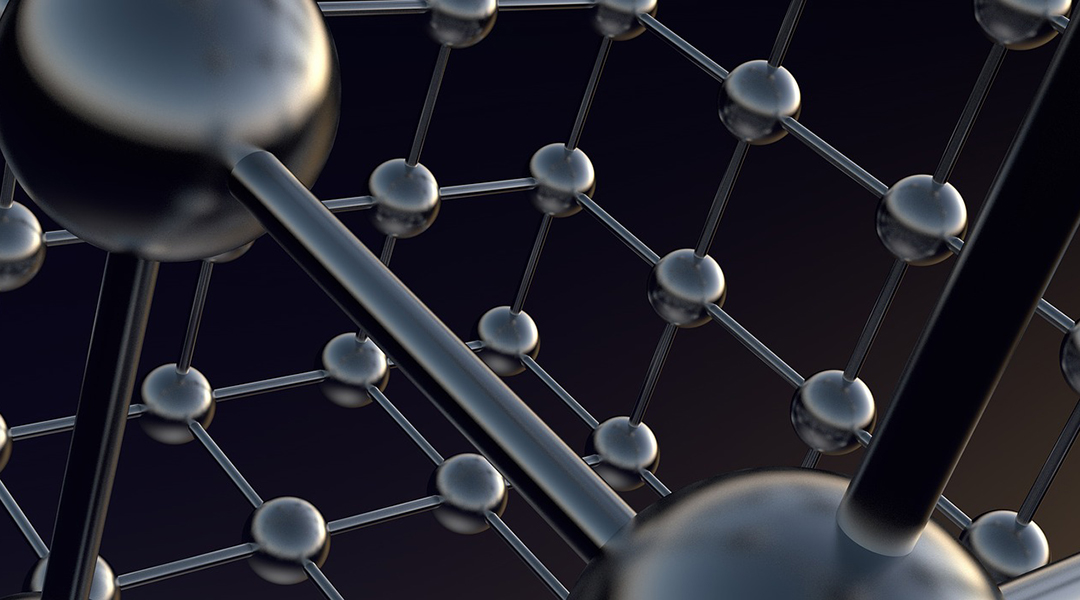
Scientists hope a new take on superconductivity could spark more advances in the field
Understanding this unique form of superconductivity is crucial and could lead to exciting applications, like functional quantum computers.
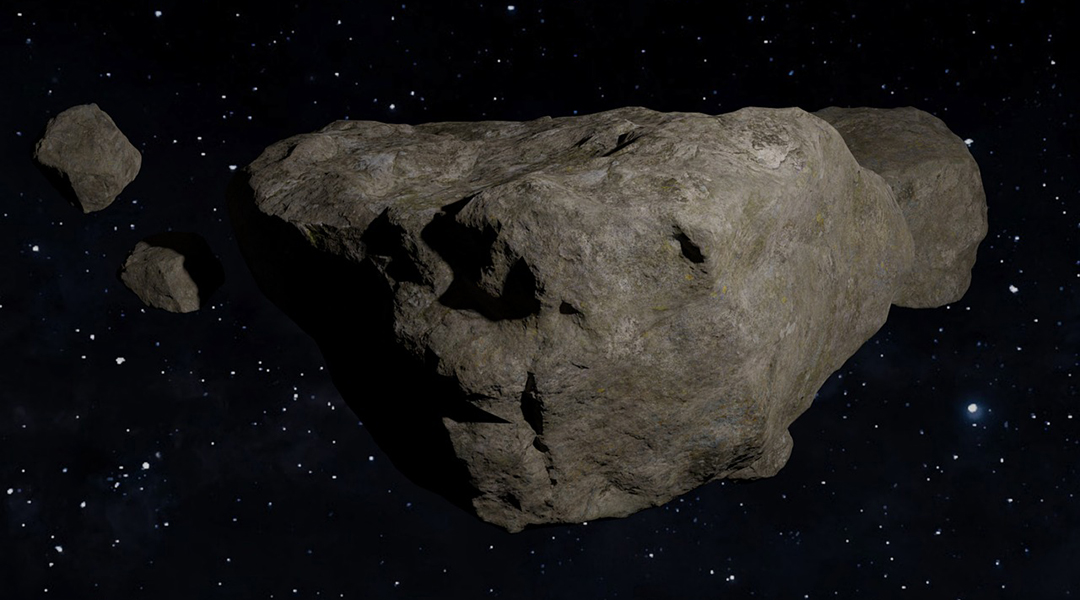
James Webb Telescope uncovers possible water on Psyche’s surface
Data gathered about the M-class asteroid challenges earlier assumptions that it is unaltered planetary core.
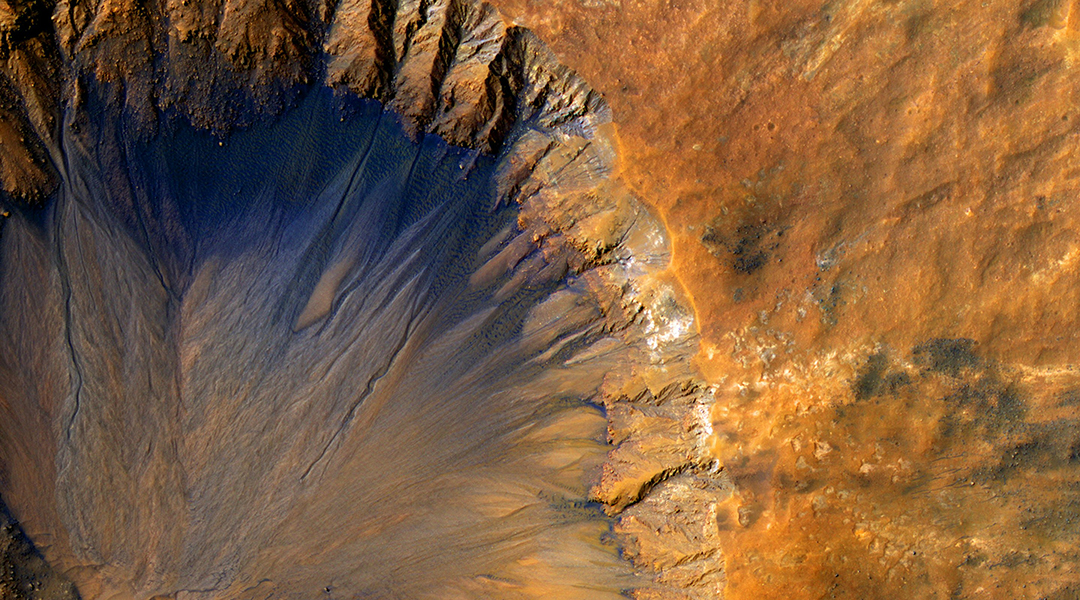
Warming Mars’ atmosphere with nanoparticles
Engineering mineral rich dust and releasing it as an aerosol could warm the planet and kickstart the thickening of the atmosphere.
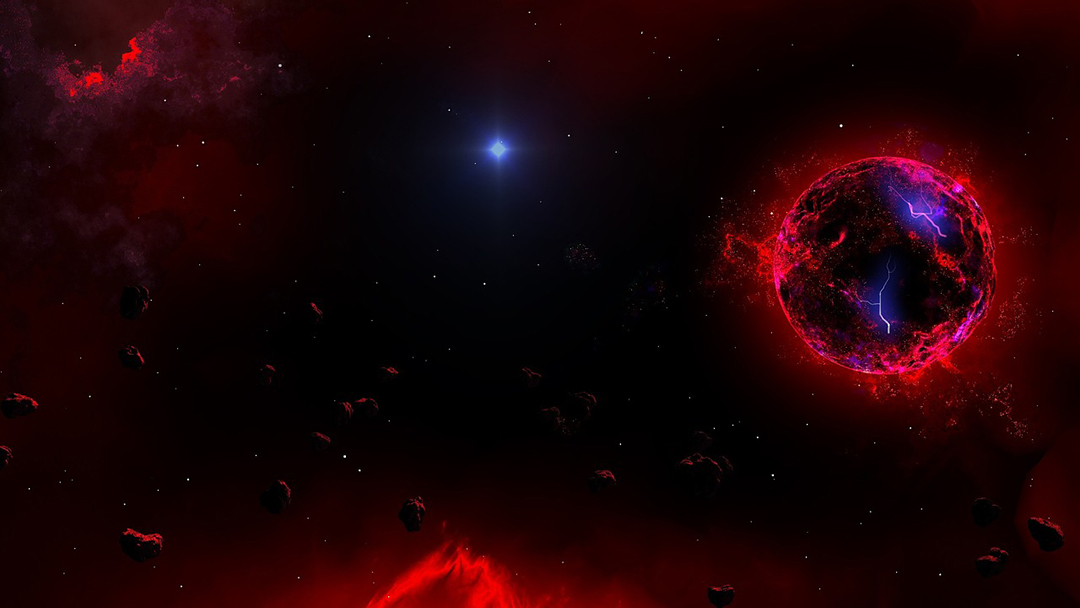
Neutron stars could be the gateway to dark matter
Could neutron stars hold the key to observing dark matter? Researchers believe studying them might one day reveal this elusive substance.
